It just might help…if you go 100% organic. Scientists at the Rodale Institute (and other researchers) have found compelling evidence that organic farming helps soil bury (“sequester”) the carbon dioxide (CO2) that contributes to global warming. The same principles should apply to organic gardening and lawn care. That means we all have the power to help address this enormous problem…right in our own backyards.
The Science of Sequestering Carbon
Slowing the impact of global warming will require energy conservation and a major change over from fossil fuels to renewables. But even if we could snap our fingers and have everyone driving solar-powered electric cars by sundown, the Earth’s atmosphere would still be full of carbon dioxide and other greenhouse gases. That’s were “carbon sequestration” comes in. Carbon dioxide represents the lion’s share of the greenhouse gases that cause climate change. The Earth already captures and stores some of that carbon in plants, oceans and soil. If we could sequester a lot more, the thinking goes, we could actually reverse some of the impact of global warming.
Many soil scientists believe the answer is to discourage farmers from tilling soil before planting. Soil’s ability to sequester is directly connected to fertility. Tilling can reduce soil fertility, as well as leading to erosion and runoff. Rodale Institute scientists go one step further: they argue that organic farming techniques are much better than conventional ones when it comes to increasing the sequestering power of soil. One reason: “no-tilling” is one of the principles of modern organic farming. Another: Because organic farmers don’t use synthetic chemicals, certain organisms in the soil that contribute to sequestration aren’t killed off or weakened. These mycorrhiza fungi help plants gain access to important nutrients. They also increase the soil’s ability to retain carbon. Of course, another significant reason organic farming can reduce global warming is that eliminating petroleum-based pesticides and other “inputs” reduces the total amount of fossil fuel required to farm.
Three Ways You Can Combat Climate Change in Your Yard
I. Garden Organically
Whether you’re growing food or ornamental shrubs and flowers, gardening organically can reduce the toxins in your immediate environment and prevent toxic chemicals from entering the watershed. It also can help make your soil healthy and productive. That’s not just good for what you’re growing: It also can boost the soil’s ability to pull carbon out of the atmosphere and into the ground.
Gardening organically doesn’t need to be complicated. Basic steps include the following:
1. Test your soil for contaminants, such as heavy metals. Your local Ag Extension Center can do the testing and provide results. If your soil has questionable levels of lead, cadmium or other toxins, you’ll need to use raised beds, lined with non-permeable barriers.
2. Prepare garden beds with compost or other organic matter. Composting food scraps mixed with leaves is a great way to reduce household waste and improve your soil. But you also can simply purchase organic compost or mushroom soil at a local garden center. Shovel in the organic matter and gently mix with existing soil.
3. Avoid tilling. While it only seems natural to “turn over” the soil each spring, keeping tilling to a minimum is just as important for gardeners as it is for farmers.
4. Start with organic seeds, if possible. They don’t need fertilizer. Just follow the planting directions on the packet and keep the soil watered until plants emerge and seem well-established.
5. Use only organic fertilizer, such as fish emulsion, on established plants — whether they’re from seed or plant “starts” purchased at the garden store.
6. Try “companion gardening,” one of the hallmarks of organic “integrated pest management.” Since some plants naturally protect others, keeping away insects and disease, this approach lets gardeners work with nature, rather than fighting it with chemicals. Lots of online gardening sources offer good information on companion plants.
7. Rotate annual edible plants and leave at least one area of the garden fallow each year. These are both time-tested ways of protecting and restoring soil so it remains fertile and capable of storing lots of carbon.
II. Grow an Organic (Green) Lawn
Who doesn’t want a green, weed-free lawn? Lawn-care products containing synthetic chemicals can get us there, but only at the expense of our health and the well–being of the planet. Fortunately, it’s easy to choose from the many organic alternatives now on the market. One alternative suggested by Mike McGrath of WHYY’s “You Bet Your Garden” (http://www.youbetyourgarde.com) is corn gluten. This nitrogen-rich material works as both a fertilizer and a “pre-emergence herbicide,” i.e., a weed killer to be applied in early spring before weeds arrive. McGrath mentions three brands: WOW! Plus Pre-Emergence Weed Control and Fertilizer, Turf Alive! and Guardian(TM)Seed Starter Mat Easy. Check out his A-Z gardening tips or the Rodale Institute for more information on commercial and homemade organic lawn-care alternatives. And remember to check packaging information carefully to ensure that what you’re buying doesn’t contain synthetic chemicals.
III. Make Your Hard-Scaping Green
(Maybe you don’t want it this green.)
- Walkways and patios. It’s amazing how early in the season these areas can become overrun with weeds. Of course, a few delicate dandelions or a bit of emerald green moss can be a thing of beauty if you don’t choose to name them “weeds.” For a cleaner look, simply spray hard-scaping with distilled white vinegar. The weeds should turn brown and shrivel up within a few short (sunny) days. While hard surfaces aren’t helpful in sequestering carbon, dealing with weeds organically can prevent runoff of toxic chemicals into the nearby lawn or garden beds. It also further reduces the use of garden products made from fossil fuels.
- Driveways. Paved driveways absorb heat and prevent slow, steady drainage into the soil. After a storm, water runs off the “black top,” taking any chemical residue along with it…all the way into groundwater and eventually the local watershed. Pavers present most of the same problems. A gravel driveway, by comparison, allows rainwater to seep into soil slowly, reducing the potential for flooding and runoff. While gravel driveways can get weedy…sometimes becoming as green as the lawn.. weeds can be kept under control with distilled white vinegar, as described above. Of course, it would probably be a stretch to say that even the soil beneath the gravel can sequester carbon; but avoiding chemicals may just allow a few stray, hard-working fungi to stay alive and thrive.
You can find more information about soil and carbon sequestration at http://rodaleinstitute.org.

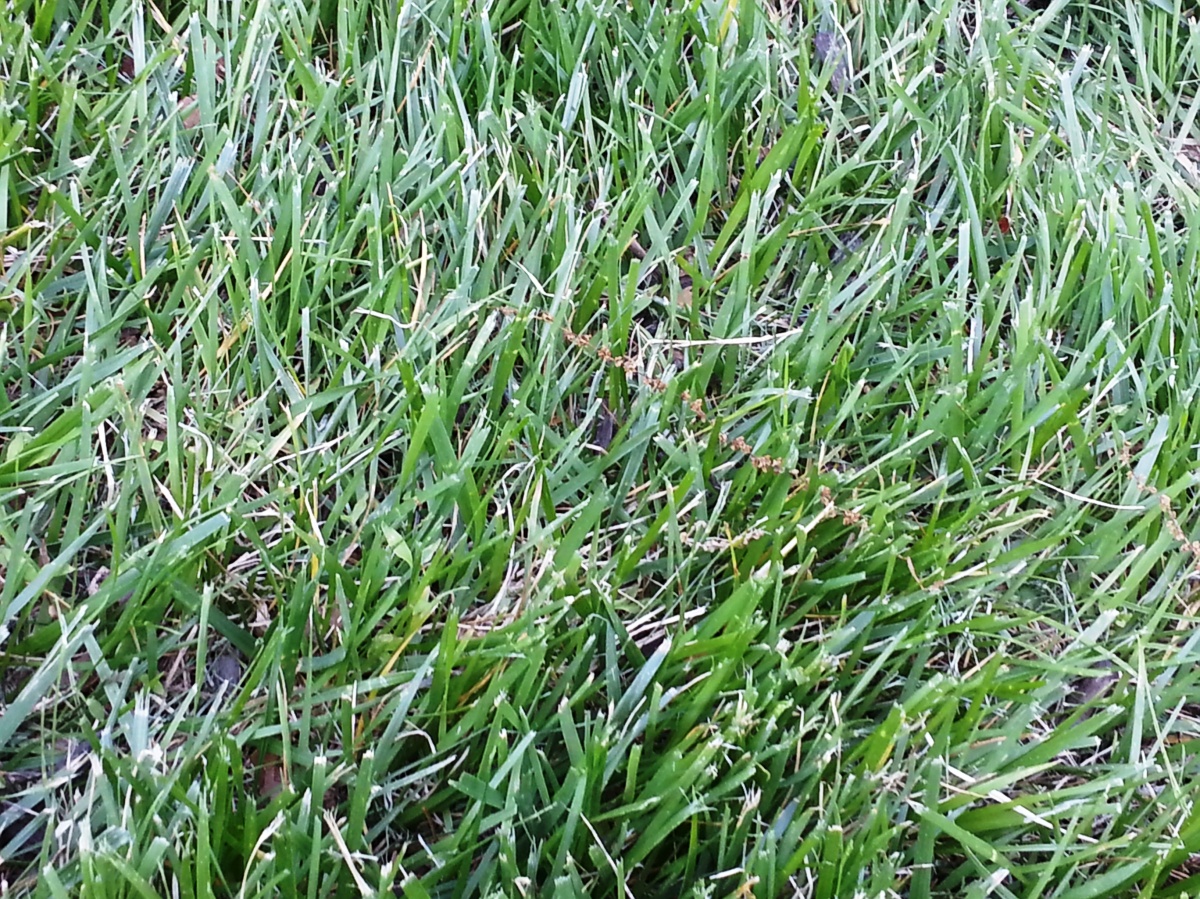
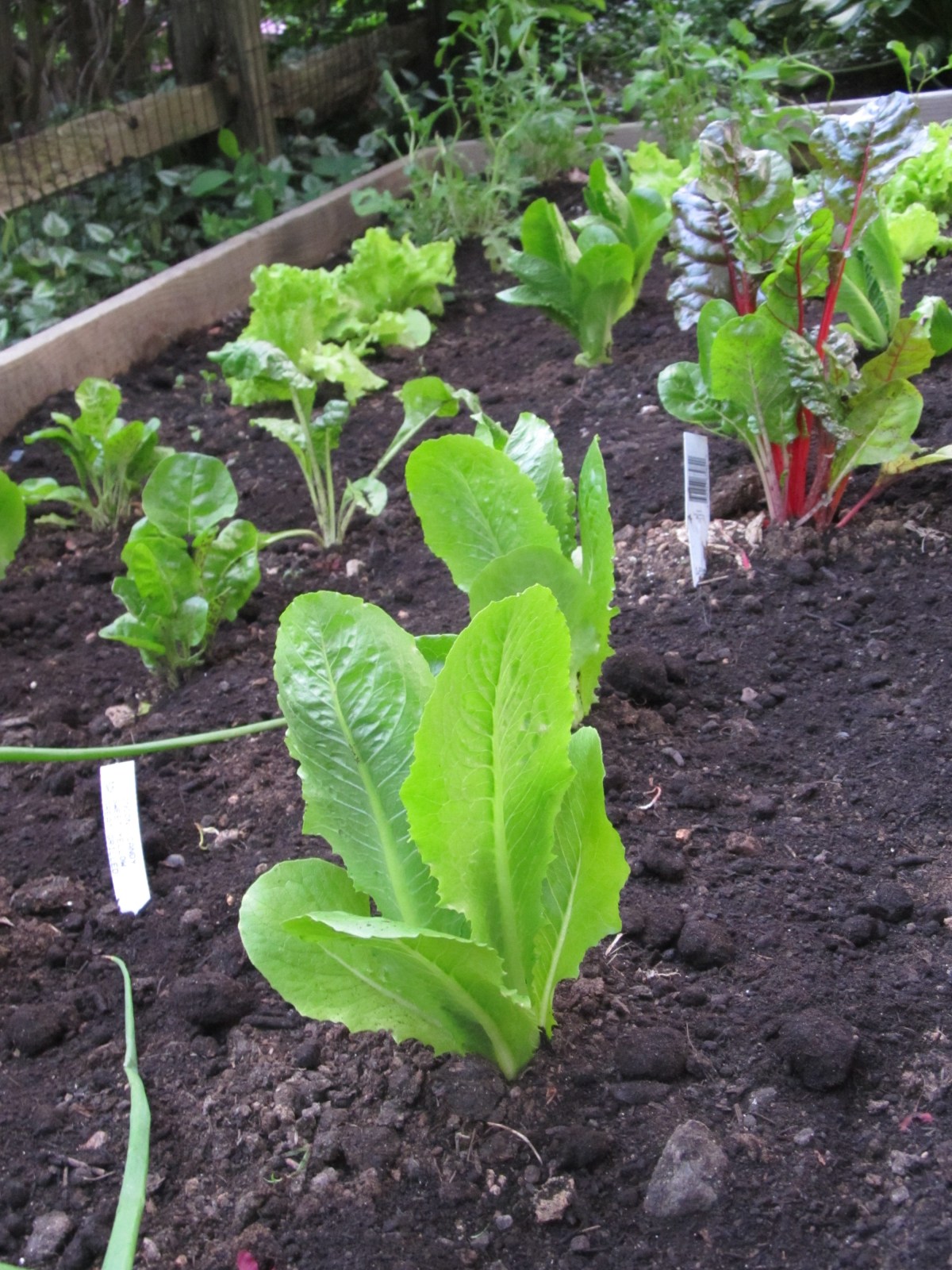
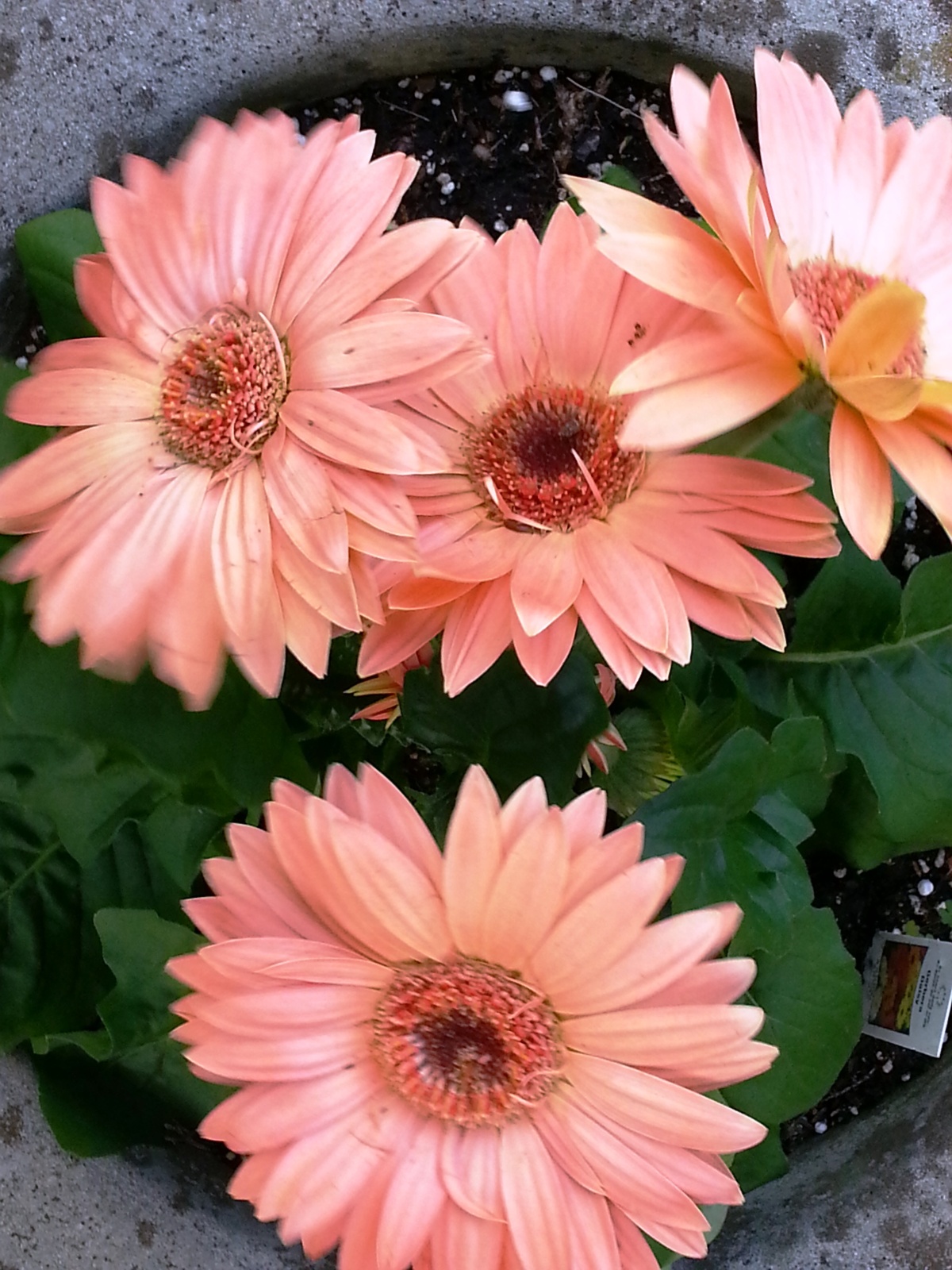
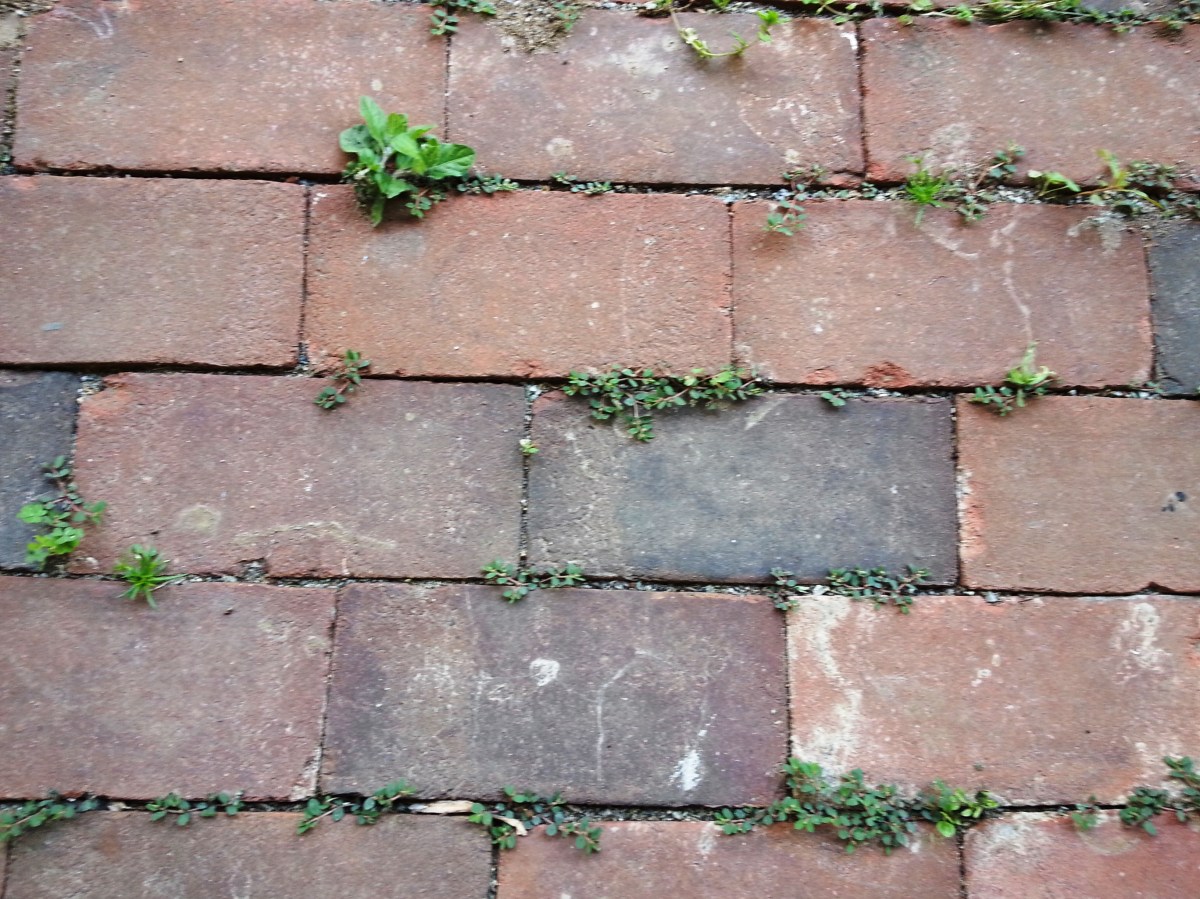
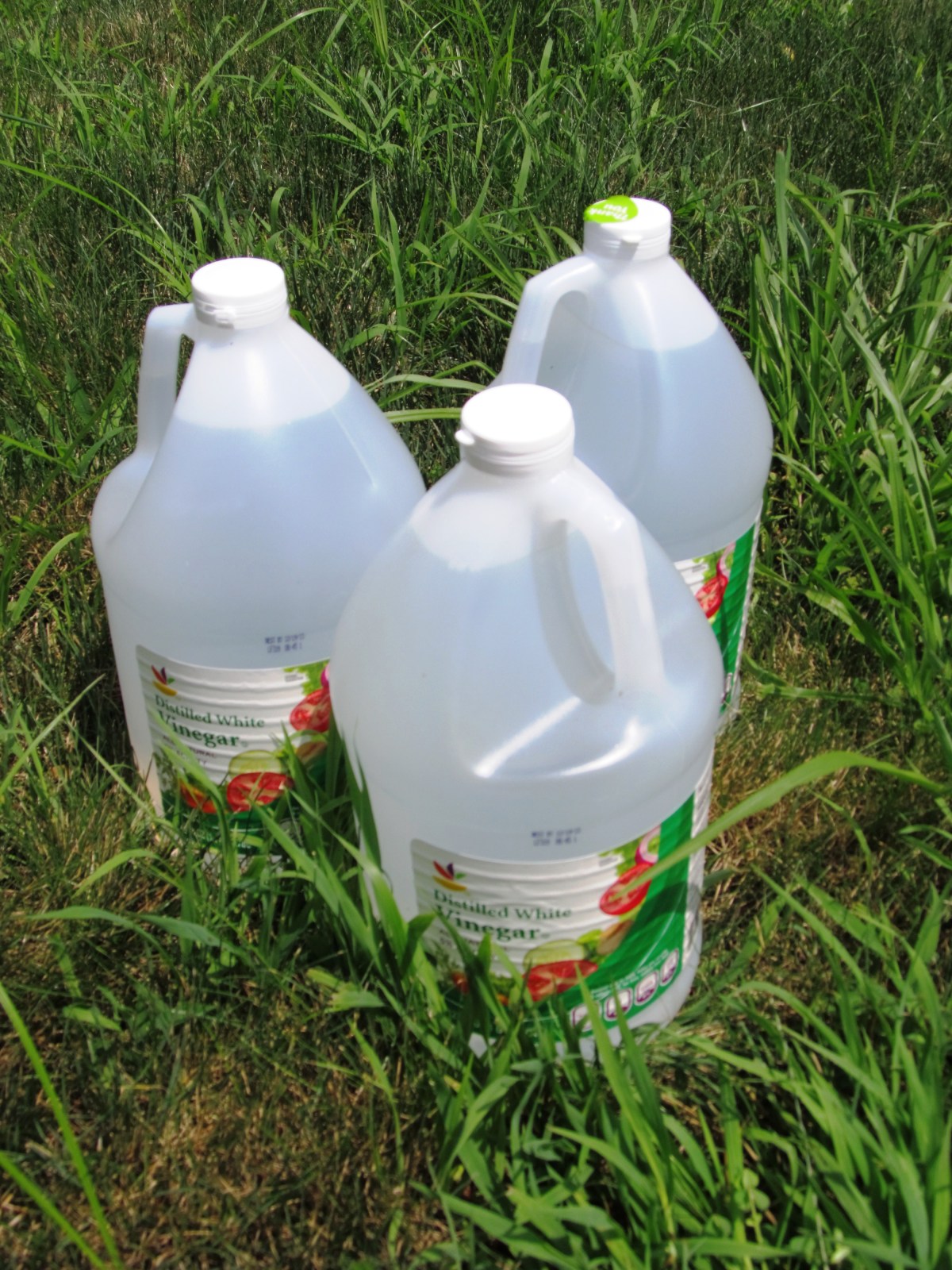
I really like this post. I haven’t given much thought to lawn care but I am going to look into some organic fertilizer. Thanks!
Thanks Tammy. Good luck with your lawn.
Mindy